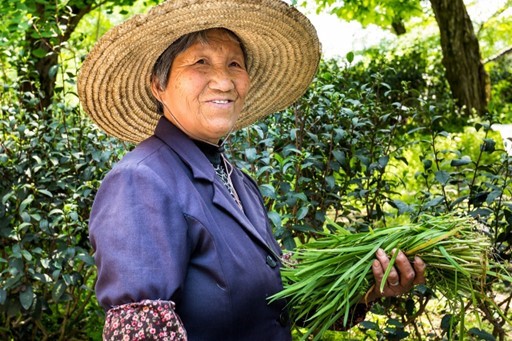
A] Prelude*
* For more information about pension systems and investments, feel free to visit our dedicated webpages:
https://expatpensionholland.nl/global-pillars-systems
https://expatpensionholland.nl/global-investments-risks-0
Many of us only have knowledge about the retirement situation in typical western countries. Maybe good to get a different perspective when looking into the situation in South-Korea.
Even if the national and basic pensions and personal pensions received by the elderly aged 65 or older are added together, the monthly income is only 650,000 won. Six out of 10 recipients received less than 500,000 won. Critics point out that it is nothing more than a “money pension” that is far from a practical retirement guarantee. Some even point out that measures to strengthen retirement security are urgently needed.
B] The Numbers…
The National Statistical Office released “2022 Pension Statistics” containing these contents. Eleven pension data were analyzed, including public pensions such as the national pension, basic pension, and special occupational pension, as well as private pensions such as retirement pensions and personal pensions.
In 2022, the number of people aged 65 or older who received various pensions was 8.182 million. The annual rate of recipients and benefits increased from 5,187,000 (87%) in 2016, resulting in nine out of 10 elderly people receiving pensions. Only 864,000 people aged 65 or older were unrecipients.
Kim Ji-eun, head of the administrative statistics division at the National Statistical Office, explained, “The basic pension and national pension recipients accounted for a large proportion of pension recipients over the age of 65, and the number of recipients in each pension is continuously increasing.”
The problem is that the pension amount is too small to be called for retirement security. The average monthly supply and demand is 650,000 won, up 50,000 won (8.3%) from the previous year. According to a survey by the National Pension Service, the minimum cost of living for middle-aged and elderly people is 1.243 million won per person, but only half of the pension can cover it.
When the recipients are lined up in order of supply and demand, the median supply and demand value is 419,000 won. By section, the 250,000-500,000 won range was the most at 40.4%, and less than 250,000 won was 19.9%. In other words, 60.3% of the elderly receive less than 500,000 won as a pension per month. Only 5.4% of high-value recipients received more than 2 million won.
C] The Main Issue
The reason why it is difficult to guarantee retirement with this pension system is that the introduction period of the domestic pension system is relatively short. The pension system is advantageous as the insurance premium payment period is longer, and there are many elderly people who have not secured a subscription period to fully utilize it. According to the National Statistical Office, 24.4% of recipients subscribed to the national pension for less than 10 years, and 49.3% for 10 to 20 years.
The current income replacement rate (money received) is based on a 40-year subscription period, and the national pension has been introduced for only 36 years. As a result, the “real income replacement rate,” which measures the income replacement rate of the amount of supply and demand that current recipients actually receive, is estimated to be 22.4% as of 2020. It is only half of the nominal income replacement rate in the mid-40% range in the same year.
Experts point out that it is necessary to prepare measures for sufficient retirement income in response to the upcoming super-aging era. Nam Chan-seop, a professor of social welfare at Dong-A University, said, “In order to improve the pension system, which has not been guaranteed for practical retirement, measures such as adjusting the income replacement rate parameter and realizing the retirement pension linked to labor reform are necessary.”
However, there are concerns that a collective increase in the replacement rate could trigger the polarization of the elderly. A pension expert said, “The national pension is designed to receive more money than the premiums paid, and if the replacement rate increases, the amount of benefits received by the middle class or high-income class will increase more than the amount of benefits for the lower class.”
“It would be more effective to strengthen the welfare system for low-income people who are unable to meet the minimum pension subscription period (10 years).” In addition, there are many opinions that a corresponding increase in the premium rate should be preceded in order to raise the replacement rate.
D] Finally
It is instructive to see how the situation in South-Korea differs from that of most western countries. Like most other countries South-Korea also has the longevity issue but their situation is aggravated by their funding situation. With substantial implications!
